Safety First: Construction Exoskeleton Technology
The construction industry is one of the most physically demanding jobs, requiring construction workers to carry heavy materials, climb scaffolding and navigate uneven surfaces.
This labour-intensive field has a high risk of injuries and accidents, making safety a top priority for any construction company.
To address this issue, researchers have developed construction exoskeleton technology - wearable devices that provide support and assistance to workers to reduce their physical strain and prevent injuries.
What is a Construction Exoskeleton?
A construction exoskeleton is a wearable device that is worn over the user's clothes, designed to provide support and assistance to their body.
This wearable technology is specifically designed for workers in physically demanding industries, such as construction, where heavy lifting and repetitive tasks are common.
Types of Construction Exoskeletons
There are two main types of construction exoskeletons: passive and active.
Passive exoskeletons provide support to the user's body without any external power source.
Active exoskeletons use motors and sensors to actively assist with movement, reducing strain on the user's body.
Both types of exoskeletons have their own advantages and can be used for different purposes depending on the specific needs of the user.
Mounted Arm Exoskeletons
One type of construction exoskeleton is the mounted arm exoskeleton, which provides assistance to workers' arms and shoulders.
These exoskeletons are designed to reduce strain and fatigue when lifting heavy objects or holding heavy materials for extended periods.
Upper body Exoskeletons
Upper body exoskeletons are worn around the user's shoulders and waist, providing support to their upper body.
They are particularly useful for tasks that require construction workers to hold heavy tools or equipment while doing overhead work.
Lower body Exoskeleton
Lower body exoskeletons are designed to assist with tasks that require bending, squatting, and lifting heavy objects.
These wearable devices can help reduce strain on the user's lower back and legs by providing support while performing physically demanding tasks.
Full-Body Exoskeletons
Full-body exoskeletons provide support and assistance to the entire body, including the legs, arms, and back.
These exoskeletons are more complex and typically use active technology to assist with movement and reduce strain on the user's body.
How does a Construction Exoskeleton work?
Construction exoskeletons work by transferring the weight of heavy objects from the user's body to the ground.
This reduces the strain on their muscles and joints, preventing injuries and fatigue.
Some exoskeletons also use sensors to detect movements and provide assistance accordingly.
For example, if a worker is lifting a heavy object, the exoskeleton will sense this and provide additional support to reduce the strain on their body.
What are Robotic Exoskeleton suits?
Robotic exoskeleton suits are a type of active construction exoskeleton that use sensors, motors and artificial intelligence to assist with movement.
Those exo suits consist of metal frames with motorizing muscle to increase the wearable force.
Known as a robot body suit exoskeleton, its aluminum frame mirrors its skeleton. Increasing the weight of lifted items reduces the risk of injuries and increases compliance.
Construction firms are already experimenting with these robotics in high numbers, according to a recent study.
The robot suit could easily become an attractive option for designers mainly because of its cheaper price.
Benefits of Construction Exoskeletons
Construction exoskeleton technology offers numerous benefits for both workers and employers in the construction industry:
Reduced risk of injuries: By providing support and assistance, construction exoskeletons can help reduce the risk of work related musculoskeletal disorders, such as strains and sprains.
Increased productivity: With reduced physical strain and fatigue, construction workers can perform their tasks more efficiently, leading to increased productivity on the job site.
Improved ergonomics: Exoskeleton technology is designed to improve body posture and reduce strain on specific areas of the body, promoting better ergonomics and reducing the risk of long-term musculoskeletal issues.
Less physical strain: By providing support to the user's body, exoskeletons can significantly reduce the amount of physical strain required for tasks such as lifting and carrying heavy materials.
Challenges
While construction exoskeleton technology offers many benefits, there are also some challenges that need to be addressed:
Cost: The initial investment in exoskeleton technology can be costly for construction companies, making it challenging for smaller businesses to adopt.
Fit and comfort: One of the essential factors for successful implementation of exoskeleton technology is ensuring proper fit and comfort for the user as they could be wearing it for up to eight hours a day. Ill-fitting or uncomfortable exoskeletons may not be used properly, reducing their effectiveness.
Training and education: Construction workers need to be trained on how to use exoskeletons correctly to reap the full benefits. Without proper training and education, mistakes may occur, leading to injuries or reduced productivity.
Wearable Technology and Worker Safety
Construction exoskeleton technology is just one example of how wearable technology is being used to improve construction workers safety in physically demanding jobs.
Other examples include:
Smart helmets with sensors that can detect and alert workers to potential hazards,
Smart vests with built-in cooling systems to prevent heat stress.
Smart Glasses that provide workers with hands-free access to important information and instructions.
The use of wearable technology in the construction industry is continuously evolving, and it is essential for construction sites to stay updated on the latest developments to improve worker safety and productivity.
Some Examples of Exoskeletons being used in the Construction Industry
The EksoVest is an upper body exoskeleton designed to assist with repetitive overhead tasks, reducing strain on the user's arms and shoulders.
The Laevo is a passive lower body exoskeleton that provides support when bending or squatting, reducing strain on the lower back and legs.
The XoSoft SE is a full-body exoskeleton that uses active technology to assist with lifting and carrying heavy objects, reducing strain on the entire body.
The HARDrobotics exoskeleton is designed for tasks such as welding and grinding, providing support and reducing physical strain on the user's upper body.
The Future of Exoskeleton Technology
As technology continues to advance, we can expect to see more sophisticated and versatile construction exoskeletons being developed.
Some potential future developments include:
Exoskeletons that can be customized and tailored to fit individual users.
The integration of augmented reality technology into exoskeletons, providing workers with real-time information and instructions.
The use of artificial intelligence to adjust the amount of assistance provided based on the user's movements and tasks.
As the construction industry strive to improve construction workers safety and productivity, we can expect to see the continued growth and advancement of exoskeleton technology.
Its potential benefits make it a valuable tool for any construction site, and its evolution will continue to shape the way we approach physically demanding tasks in the industry.
Conclusion
In conclusion, exoskeleton technology in the construction industry has the potential to revolutionize the industry by improving worker safety and productivity.
While there are still some challenges to overcome, ongoing developments and advancements in this technology make it an exciting and promising tool for the future of construction.
As more construction companies adopt exoskeletons on their job sites, we can expect to see a significant decrease in work-related injuries and an increase in productivity.
-



















